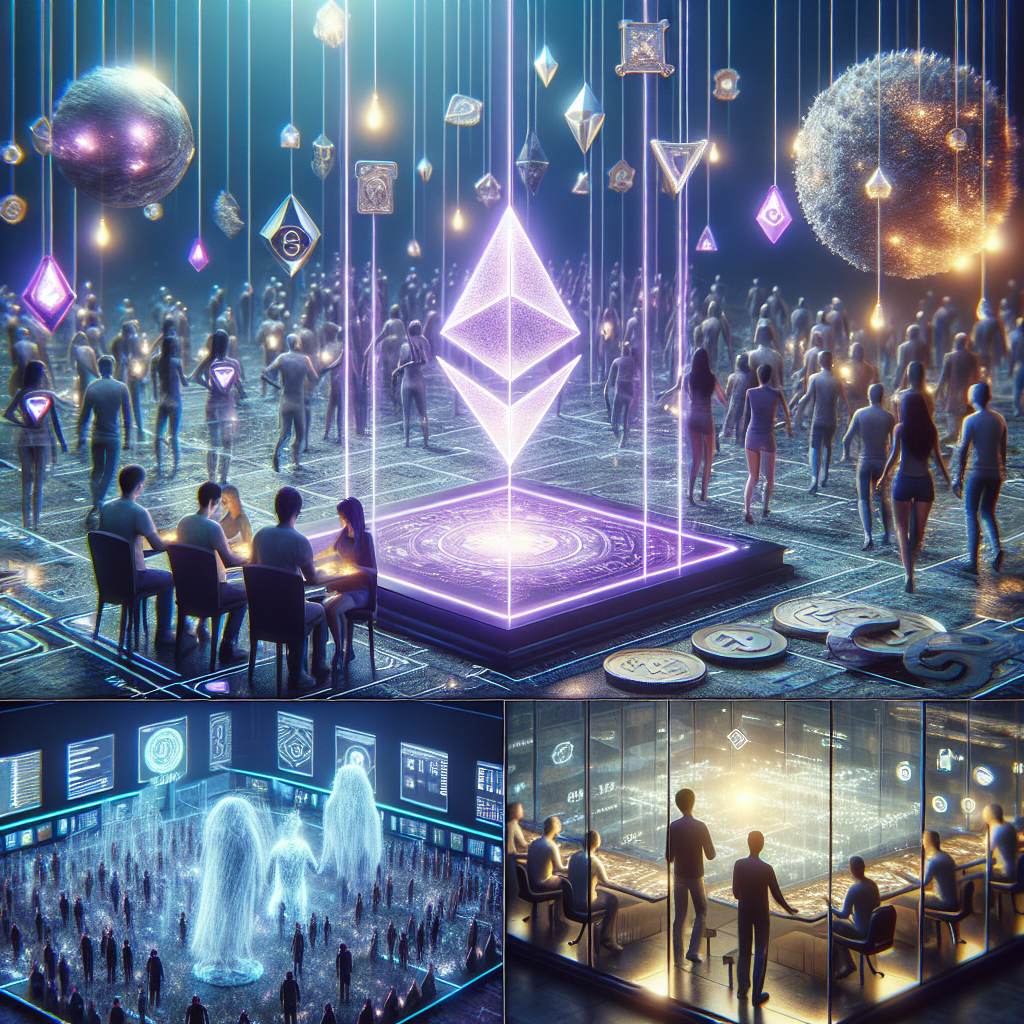Web3 Revolution: Gaming Meets Blockchain Magic
Exploring the Rise of Web3 Games
\n\nWeb3 games are rapidly evolving, leveraging blockchain technology to create decentralized and player-owned experiences. These games utilize tokenomics, NFTs, and smart contracts, offering unprecedented transparency and security. As the gaming industry embraces Web3, both developers and players are witnessing the transformation of traditional gaming paradigms.
\n\nOne notable resource for understanding this shift is an insightful article from Blockchain News, which delves into the core principles of Web3 games and their impact on the gaming industry.
\n\nTokenomics: The Backbone of Web3 Games
\n\nTokenomics is a crucial element in Web3 games, allowing players to earn, trade, and leverage in-game tokens across different platforms. These tokens can be cryptocurrencies or NFTs, enabling a seamless integration of the game's economy into the broader digital marketplace.
\n\nFor a comprehensive explanation of how tokenomics functions within the Web3 gaming space, you can refer to a detailed piece by Consensys.
\n\nThe Role of NFTs in Blockchain Gaming
\n\nNFTs (Non-Fungible Tokens) are transforming the gaming landscape by offering players true ownership of in-game assets. This contrasts sharply with traditional games, where players have limited rights over their purchases. NFTs ensure scarcity and provenance, making each item unique and valuable.
\n\nTo further explore the implications and future of NFTs in gaming, check out this article on Decrypt.
\n\nSmart Contracts in Gaming: Automating Trust
\n\nSmart contracts are self-executing contracts with the terms of the agreement directly written into code. In Web3 games, they automate transactions and enforce rules without the need for intermediaries. This reduces the risk of fraud and provides a secure environment for players.
\n\nFor more insight into how smart contracts are revolutionizing Web3 games, visit Cointelegraph for their in-depth coverage.
\n\nChallenges and Opportunities in Web3 Game Development
\n\nWhile Web3 games offer exciting new opportunities, they also come with unique challenges. Developers must navigate issues such as scalability, regulatory uncertainties, and user adoption. Nevertheless, the potential for innovation and growth in this space is immense.
\n\nAn article on VentureBeat provides an excellent overview of the current hurdles and potential breakthroughs in the development of Web3 games.
\n\nThe Future of Play-to-Earn Models
\n\nPlay-to-earn models are redefining how players interact with games. By providing financial incentives, these models encourage player engagement and foster vibrant in-game economies. This shift is paving the way for a new era of gaming where time and effort translate into real-world value.
\n\nFor a deep dive into the future of play-to-earn games, consider reading this analysis available on CoinDesk.
